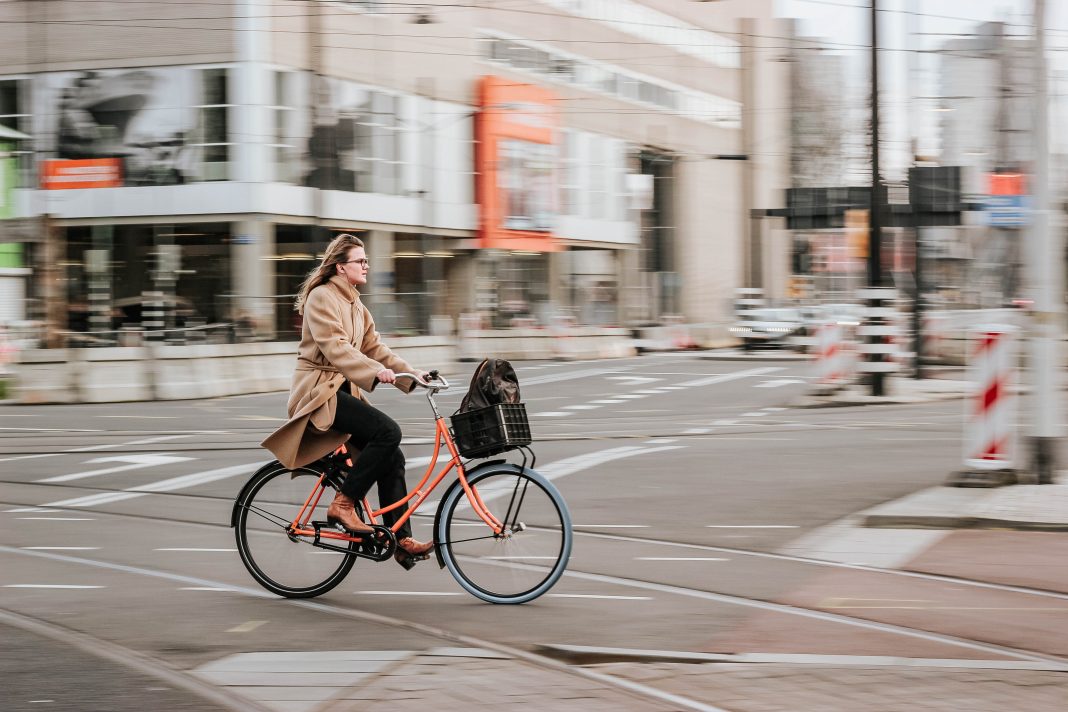Empowering workers to choose how they want to live and work, 15-minute cities have incredible benefits for people’s lives.
This article was originally published by Allwork.Space.
The pandemic gave the global workforce the ability to seek more autonomy and freedom in their lives. But the rising cost of living, recent job cuts, and salary freezes have resulted in a period of uncertainty that’s affecting peoples’ job prospects and future careers.
Many workers are now considering how they can take back control to achieve a happier and more balanced life.
Enter 15-minute cities. Developed by urbanist Carlos Moreno, the 15-minute city urban planning concept rethinks the decentralized urban sprawl which separates commercial centers from residential neighborhoods.
Using every piece of land within a radius of a 15-minute walk or bike ride, the innovative urban concept clusters the essential needs of peoples’ everyday lives, from providing workspaces, to food shops, medical centers, schools, and green spaces.
Living in a 15-minute city has incredible benefits for residents. Here are 5 positive impacts to choosing one of these areas to call your home:
1. Active travel improves overall health
With the necessary amenities located right on people’s doorsteps, the 15-minute city concept encourages residents to walk and cycle everywhere. A report published by Townsq suggests that “good things happen for people, places, and communities when people can walk to work” — such as improved overall health.
A study conducted by Harvard University found that 43% of people who walked for a minimum of 20 minutes per day for at least five days per week fell ill less frequently than individuals who exercised only once or less than once per week. When they get sick, those who regularly exercise tend to have milder symptoms.
Regular exercise not only contributes to better physical health — it also improves mental well-being. According to Mind Charity, doing regular physical activity releases mood-boosting hormones and energy that increase happiness, reduce feelings of depression, and control stress and anxiety.
2. Cutting the commute makes people happier
Commuting can be exhausting; a typical commute time in London, New York, or Sydney is 45-60 minutes each way. The University of the West of England discovered a link between longer commuting times and unhappiness with work. The research shows that “job satisfaction can be improved if workers have opportunities to reduce the time spent commuting to work from home.”
Part of the appeal of cutting the commute is having more time to do pleasurable activities, like spending time with family and friends, and taking up fun hobbies. Many workers received a taste for free time during lockdowns. Now, workers aren’t keen to give back this free time, because they value how important it is to their overall lives.
15-minute cities encourage workers to stop commuting and work closer to home. With this approach, people still receive a significant amount of free time to continue doing enjoyable activities whilst restoring their energy at the same time.
3. Taking cars off the road improves air quality
Cars, buses, and trains all produce highly toxic emissions that contribute to the frightening impact of climate change on the planet. According to the U.K. Government, air pollution causes 28,000-36,000 heart and lung-related early deaths every year. Children are more at risk of breathing in polluted air and suffering from asthma and poorly developed lungs.
Taking cars off the road improves air quality. Fewer cars on the roads reduce congestion, traffic, and noise pollution, making areas become much safer and more pleasant for forms of active travel to get around. Embracing the 15-minute city concept contributes to a much healthier and more sustainable community.
4. 15-minute cities boost the economy
According to Townsq, the average person in the U.K. spends a huge £800 a year commuting to and from the office every day. Inflation and the rising cost of living are causing people to tighten their belts and question unnecessary costs, such as money spent on travel to get to work when they don’t have to.
With more money to spare at the end of each month, individuals are more inclined to spend in their local community instead. In an attempt to revive the high street, U.K. councils are injecting more money into local neighborhoods and transforming them into 15-minute cities.
When there is a lot on offer on local high streets, footfall starts to increase and money begins to circulate within the community. This encourages more people to set up shop in their local area. Coworking spaces, art galleries, gift shops, and more might begin to pop up. With more businesses in an area come more job opportunities, and wealth starts booming.
5. People will become part of a community
When individuals walk or cycle to reach their shared amenities and spaces, it becomes increasingly likely that they’ll bump into one another. It might be when an individual recognizes their neighbor in the street, or when they interact with the same shopkeeper on a daily basis.
Interacting with one another builds meaningful connections and relationships. Research from South University found that social connections between individuals of all ages are a crucial aspect of adult life, contributing to better health, quality of life, and well-being.


